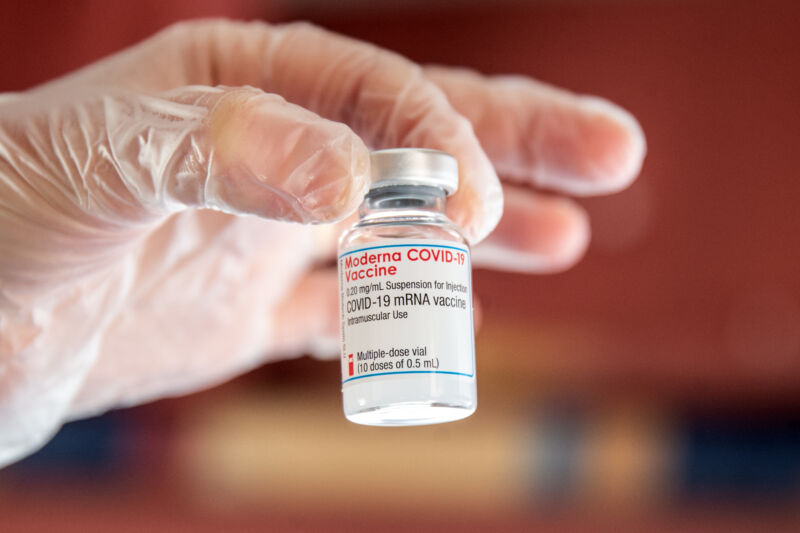
Mild or not, more SARS-CoV-2 variants are inevitable. To avoid any blips in our pandemic endgame, researchers at the National Institutes of Health on Thursday announced the start of a complex Phase II clinical trial to find the best COVID-19 booster regimen to protect against variants that emerge in the wake of omicron.
“We are looking beyond the omicron variant to determine the best strategy to protect against future variants,” Anthony Fauci, director of the NIH’s National Institute of Allergy and Infectious Diseases, said in a statement. “This trial will help us understand if we can use prototype and variant vaccines alone or together to shift immune responses to cover existing and emerging COVID-19 variants.”
Evidence so far suggests that the current vaccines—which are based on an early version of SARS-CoV-2 isolated in Wuhan, China—can muster protection against most of the variants that have swept across the globe so far. However, current vaccines have struggled against omicron, an ultratransmissible variant that is the most divergent variant yet. As such, researchers are wary that an omicron-specific vaccine alone will not generate broad protection against any future variant that may be more closely related to past variants—such as beta, a variant first detected in South Africa in 2020 suspected of being more severe than past variants, and delta, a highly transmissible variant that swept through the US before the emergence of omicron.
To generate the broadest, strongest protection against whatever form SARS-CoV-2 takes next, NIH researchers are trying various combinations. To be exact, the trial will put six different booster regimens head-to-head:
- Current booster: The currently used 50-microgram Moderna booster (mRNA-1273, aka Spikevax)
- Beta-omicron combo booster: A single 50-microgram booster that contains two experimental vaccines, one targeting the beta variant (mRNA-1273.351) and the other targeting the omicron variant (mRNA-1273.529)
- Two-dose beta-omicron combo booster: Two 50-microgram vaccinations, given two months apart, containing the beta-omicron combination shot (mRNA-1273.351 and mRNA-1273.529)
- Delta-omicron combo booster: A single 50-microgram booster that contains two experimental vaccines, one targeting the delta variant (mRNA-1273.617.2) and the other omicron (mRNA-1273.529)
- Omicron booster: A single 50-microgram shot of the experimental vaccine targeting omicron (mRNA-1273.529)
- Current-omicron combo booster: A single 50-microgram shot containing Spikevax and the experimental vaccine targeting omicron (mRNA-1273.529)
Dr. Nadine Rouphael, of Emory’s Vaccine Center, and Dr. Angela Branche, at the University of Rochester Medical Center in New York, are leading the trial, which will be carried out at 24 clinics in a dozen states and Washington, DC. They’re aiming to enroll 600 adults, who have gotten a two-dose primary vaccine series and a booster of either mRNA vaccines or a mix. The trial could include people who also had a previous SARS-CoV-2 infection, though people who were infected within 16 weeks of starting the trial will be excluded. Trial participants will be randomly assigned to one of the six tested regimens.
The analysis will be complex. The researchers will closely follow the immune responses that develop after the vaccinations. Those responses might be influenced not just by the test regimens, but also by which vaccines the participants had in the past as well as any possible prior infections.
While the trial will follow the participants for 12 to 14 months, Rouphael and Branche are aiming to have initial results by August 2022. That means the results could inform fall booster campaigns that federal regulators have said they are considering. This week, the FDA and CDC endorsed second booster doses of the current vaccine for people ages 50 and over, as well as those with compromised immune systems. But, in a press briefing Wednesday, the FDA’s top vaccine regulator, Peter Marks, suggested that the agency is expecting to offer additional boosters to the whole population this fall. That time frame would align with when people usually roll up their sleeves for seasonal flu shots, and it could also help thwart the possibility of a similar seasonal surge of COVID-19.
